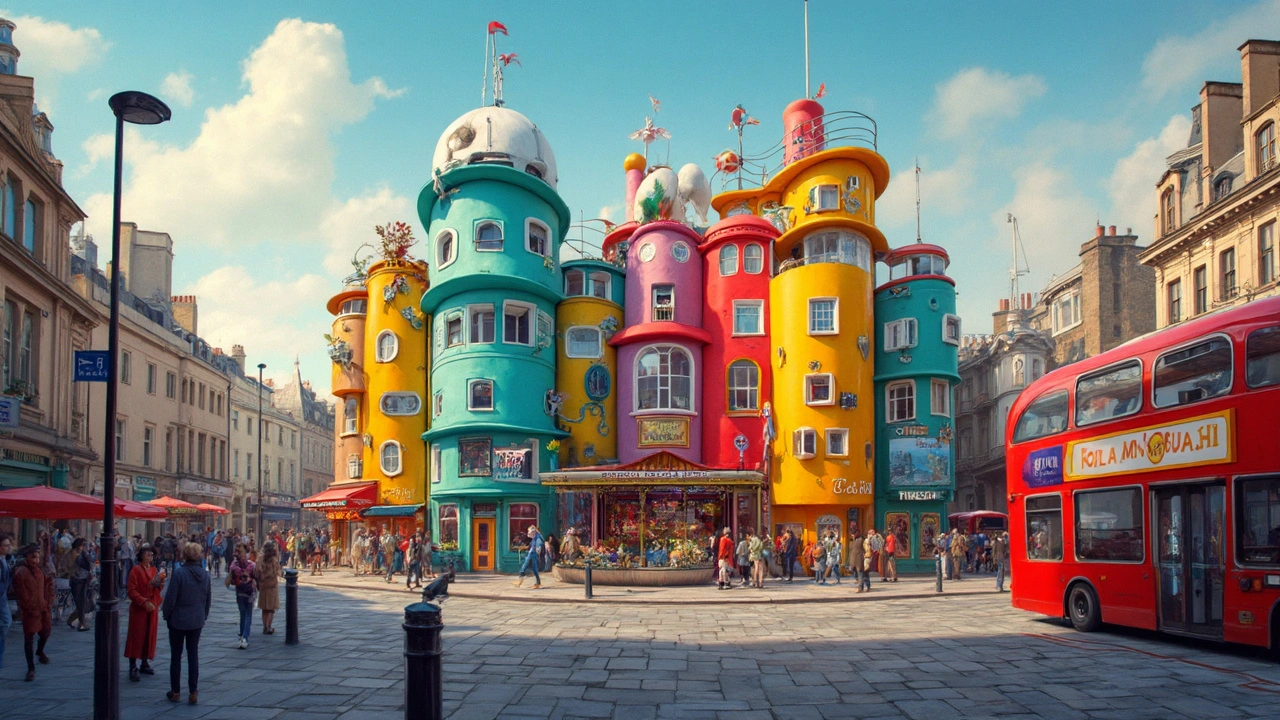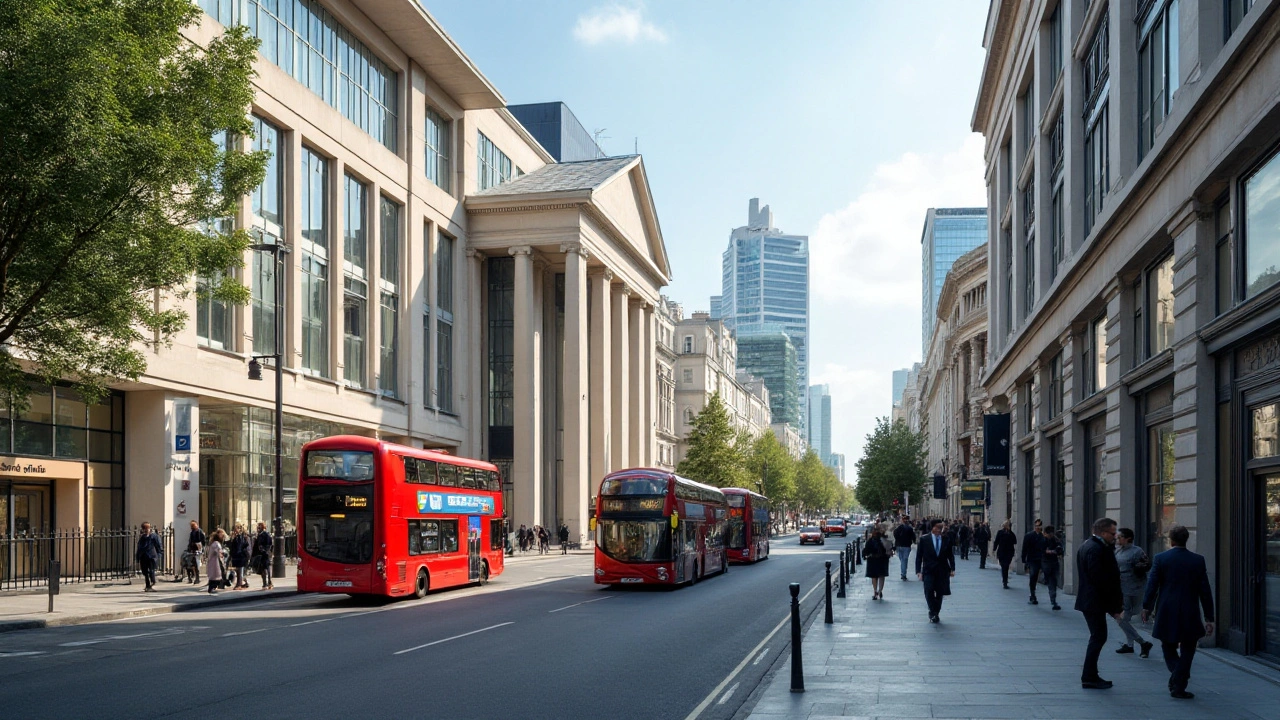Architecture trends: what’s shaping design now
Architecture trends are blending old styles with new tech, and that mix is changing how we live, work, and travel. You see Roman arches, Gothic spires, and Greek columns reappearing next to solar panels and smart glass. That tension — between nostalgia and performance — is the single biggest trend right now.
Historic revival styles like Beaux-Arts, Renaissance Revival, and Colonial are not copy-paste. Designers extract signature elements — big columns, stained glass patterns, ornate cornices — then simplify them so buildings feel familiar but efficient.
Look for three practical moves: reuse old shells, prioritize daylight and ventilation, and fold tech into simple forms. Adaptive reuse saves materials and keeps character. Daylight reduces energy and makes interiors feel human. Smart controls and low-maintenance sensors add comfort without shouting.
Materials matter. Mass timber and engineered wood keep weight low and look warm next to stone details from Byzantine or Roman inspiration. Recycled metals and local stone cut transport emissions. Choose finishes that age well—patina often beats brand-new polish.
Minimalism keeps influencing tech and interiors. Clean lines, fewer features, and clear circulation make spaces adaptable. You can mix a Craftsman fireplace or a Gothic arch with minimalist furniture; the contrast can highlight both styles.
Preservation and new build both matter. Beaux-Arts and Baroque facades need careful repair; modern inserts behind them can host cafes, housing, or galleries. Preservation extends life and keeps neighborhoods grounded while adding new uses.
Habitability is trending. Designers focus on quiet, flexible rooms, safer stairways, and outdoor connections. Greek Revival porches or Dutch Colonial gambrel roofs become usable terraces or sun rooms that fit modern routines.
Watch for expressionist moves in public art and bold civic buildings. Unexpected shapes and color can boost tourism and city identity. But test the idea: unusual geometry should serve function, not just attention.
How to spot these trends on a trip? Look beyond facades: check rooflines, window rhythm, and how public space connects to streets. Read plaques and nearby renovation signs to see if a building was preserved or rebuilt. That tells you what values a city holds.
Finally, mix respect and risk. Use historic cues from Roman, Byzantine, or Renaissance work, but pair them with sustainable systems and human-scale spaces. That combo wins now—people want beauty that lasts and works.
Quick checklist for builders and homeowners: prioritize insulation and passive heating; choose durable local materials; keep flexible floor plans with movable partitions; add green roofs or planters; document changes for future preservation; and test tech for energy and air quality before full install.
Investors take note: adaptive reuse often beats new builds in cost and community impact. Cities that mix old and new—think careful Renaissance Revival facades with modern interiors—attract tenants who want stories, not just square footage.
Start small: retrofit one façade, add operable windows, or convert a ground floor to a public use. Small wins prove value and make larger changes easier to sell to neighbors and officials.
Take photos, note rooflines, and compare details with online resources first.

Postmodern Architecture: Rethinking Design from the Ground Up
This article unpacks how postmodern architecture broke all the old rules and made cities look surprising and sometimes weird—but in a good way. You'll get the scoop on how postmodernism flipped the script from boring boxes to bold, playful buildings. There are interesting stories behind the strange shapes and colorful facades you see all over the world. Expect hands-on tips for spotting postmodern design, and a peek at the classic buildings everyone takes selfies with. Forget dry, textbook stuff—this is postmodernism, explained for real life.
Read more
The Lasting Influence of Federal Architecture in Modern Design
Federal architecture, originating in the late 18th century, continues to shape modern design with its emphasis on symmetry, balance, and classical details. This article explores how these historic architectural principles remain relevant today and their impact on contemporary buildings.
Read more